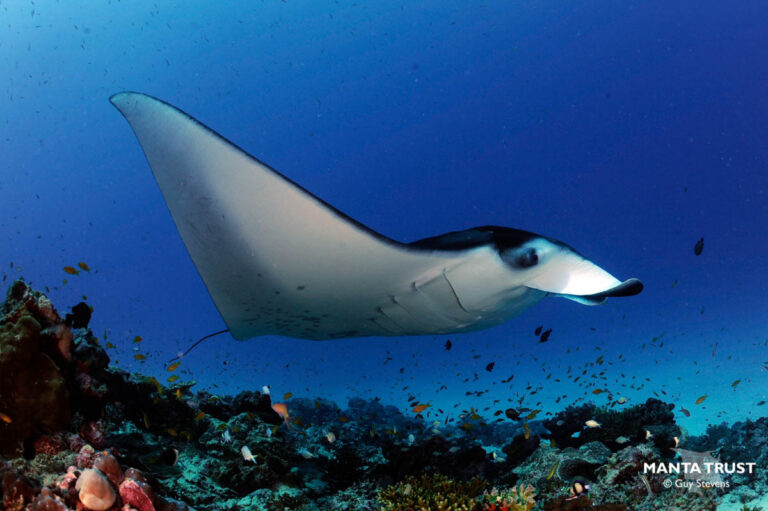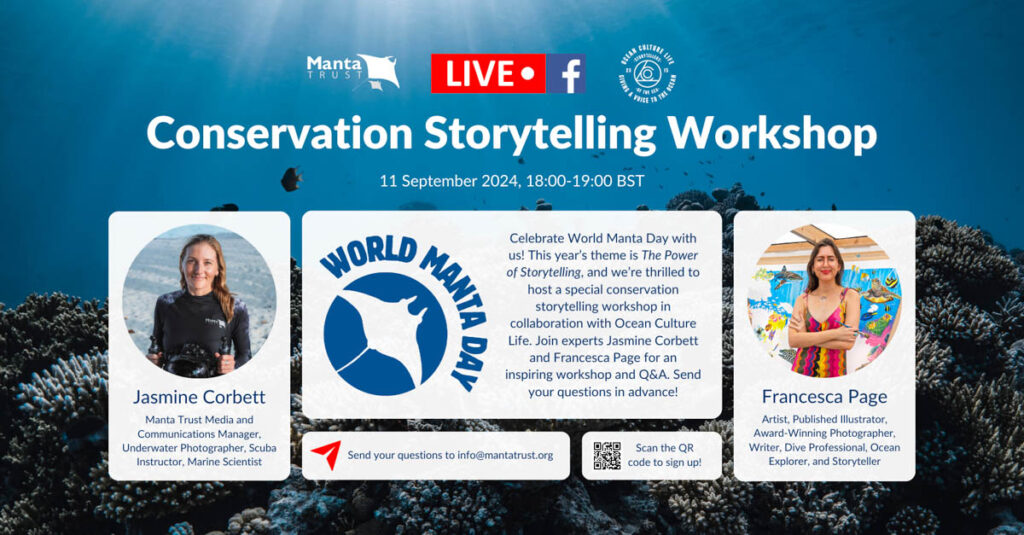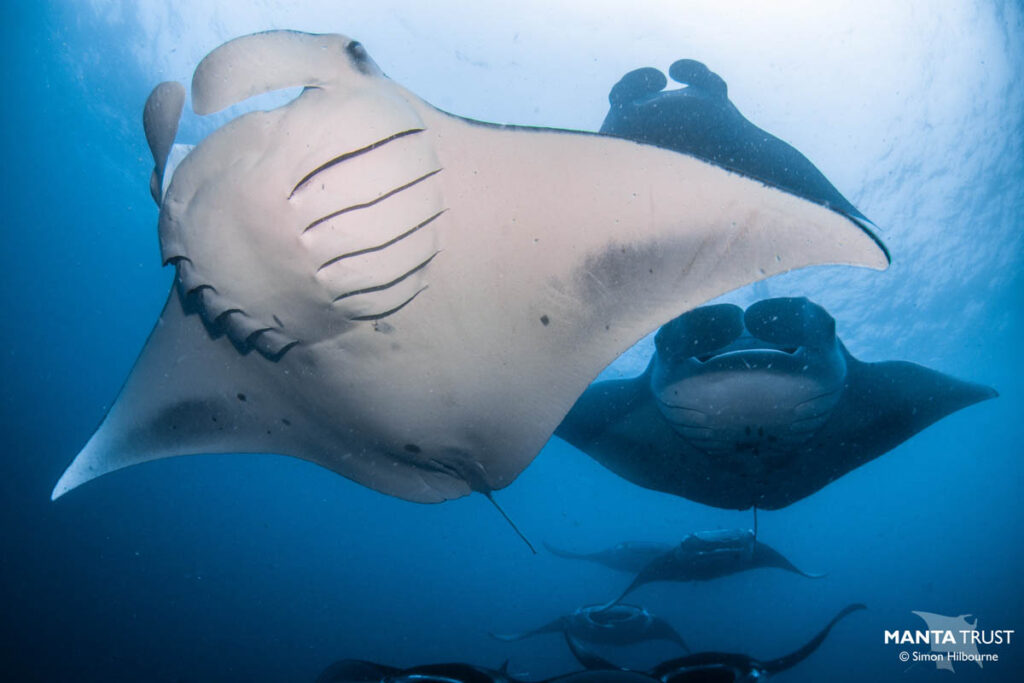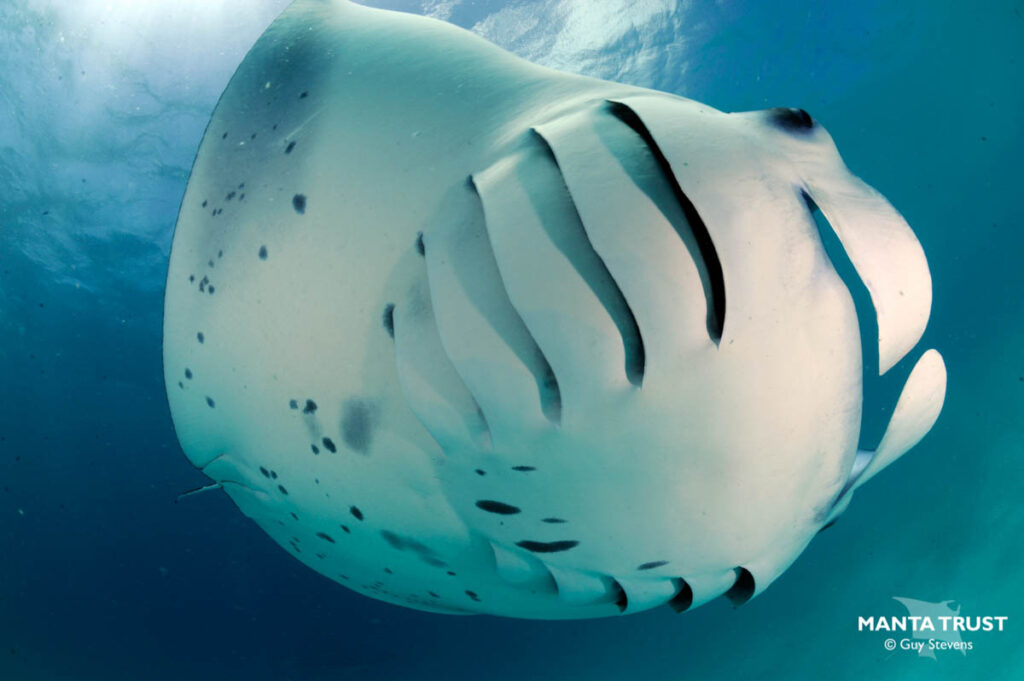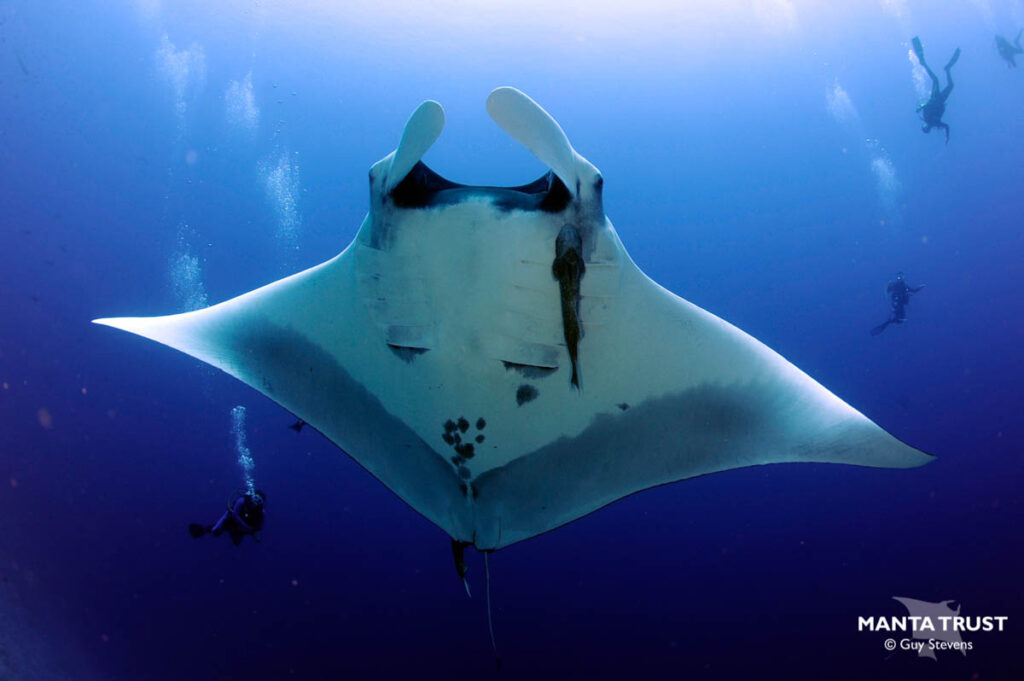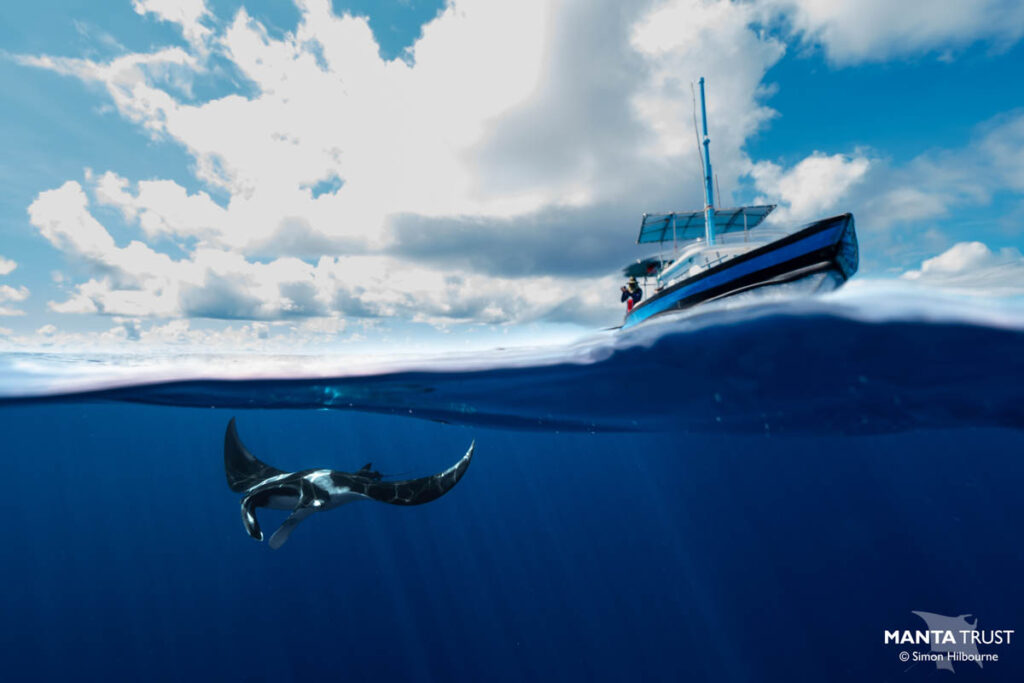World Manta Day is set to return on 17th September 2024! This special day has been created to celebrate manta rays and to raise awareness of the threats that these beautiful, mysterious ocean giants face. Let’s get mantas trending! #worldmantaday
This year’s theme, The Power of Storytelling, emphasises the pivotal role that storytelling plays in manta ray conservation. We believe each anecdote paints a picture, each story resonates, and every narrative can echo the urgent cry for safeguarding the world’s magnificent manta rays. Stories can inspire people across the globe, making the invisible visible and the negative positive, turning fear into wonder, and ignorance into understanding.
Join us as we celebrate compelling narratives and heartwarming journeys that can be the beacon of hope manta rays desperately need. Every story counts – let’s let them be heard!
For the theme The Power of Storytelling we’re excited to announce a special collaboration between The Manta Trust and Ocean Culture Life. Together, we’re hosting an exclusive conservation storytelling workshop. Don’t miss this opportunity to learn from experts Jasmine Corbett and Francesca Page. Send us your questions in advance to info@mantatrust.org and join us for an inspiring workshop and interactive Q&A session!
You can also check out some of our visual stories on the Manta Trust YouTube Channel.
We have stories following manta conservation teams, in the form of short video series, from Ecuador, Makunudhoo Maldives, North Maldives, the Caribbean and New Zealand.
There is also a new collection of downloadable resources, including social media posts and posters, available on the World Manta Day Website. We highly recommend sharing these on your personal and project social media platforms, as well as using them in public spaces to promote World Manta Day in the lead-up to and on the day itself.
Ways to Get Involved in Manta Conservation:
- Learn more and spread the word about these incredible animals, by attending the conservation story workshop on the 11th of September.
- Submit your manta ID photos to research groups.
- Share your favourite manta photos and videos on social media.
- Reduce your seafood consumption and only eat sustainably sourced species.
- Support manta ray charities such as The Manta Trust and research groups.
- Be a responsible tourist and follow the local code of conduct when swimming or diving with manta rays.
There is a wide variety of resources about manta rays on The Manta Trust website, for youngsters on the education portal, as well as more detailed papers on the research portal.
But now here are some fun facts about manta rays and some of the threats that they face.
FACTS ABOUT MANTA RAYS:
- Despite their huge size, mantas feed on microscopic animals called zooplankton.
- Manta rays are close relatives of all sharks and rays, meaning they have a skeleton made of cartilage rather than bone.
- Every manta ray has a unique spot pattern on its belly that can be used to identify it just as we are identified by our fingerprints!
- Manta rays are truly colossal, with some individuals reaching seven metres from wingtip to wingtip and weighing up to two tonnes!
- Mantas give birth to a single pup after 12.5 months gestation. As far as fish go, mantas have one of the largest brains. Their curiosity and complex social interactions certainly support that!
- Mantas are completely harmless and are therefore popular with divers and snorkellers.
THREATS FACING MANTA RAYS:
- Sadly, manta and devil ray populations around the world are under threat, and their numbers are falling in many regions.
- Manta and devil ray gill plates are consumed as a pseudo-remedy in regions of China and East Asia. This is the main driving force behind their capture.
- Manta and devil rays can get easily entangled in fishing nets and die as bycatch.
- Even when released alive, it doesn’t seem like they have good survival rates.
- Unsustainable and unregulated tourism can drive mantas away from important cleaning and feeding sites through overcrowding and poor in-water behaviour.
- Climate breakdown threatens to change the distribution and abundance of zooplankton which mantas feed on. Coral bleaching may also cause habitat destruction around cleaning stations.
Join us in celebrating and protecting these gentle giants of the ocean. Every story counts – let’s let them be heard!



